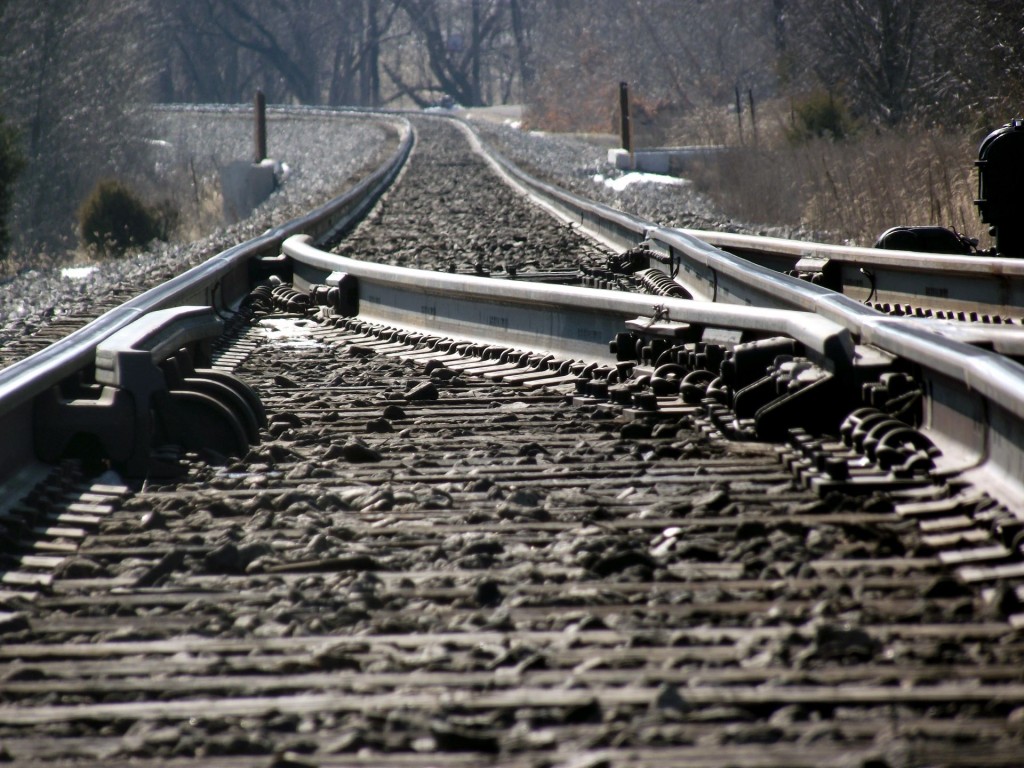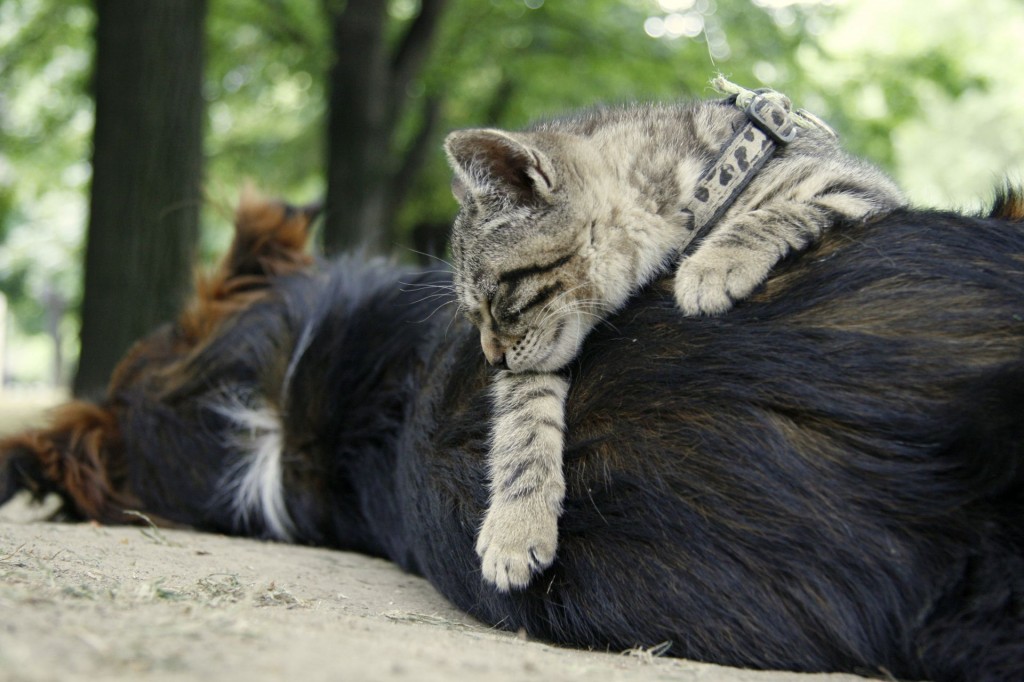This year is the 100 year anniversary of Roald Amundsen reaching the south pole, the first person to do so.
He beat Robert Falcon Scott, who also made it to the pole, but after Amundsen and sadly perished on his return journey.
Another explorer who had designs on reaching the south pole was Ernest Shackleton, but after his dream was beaten by Amundsen he turned his attention to crossing the Antarctic. However his journey was cut short by the elements when his ship, the Endurance, became trapped in ice. His own adventure was due to start very soon, getting his men back to safety.
Each of these men had very different views towards leadership, which one do you think you are?
Roald Amundsen – For his attempt on the south pole, he decided to adopt the traditional ways of the Eskimo, using dogs and sledges, wearing skins for warmth, using skis. He prepared carefully, planned his route, leaving supply tents along the way, his simple, primary task was to get to the pole and back, nothing else would get in his way. He also planned to eat his sledge dogs during his expedition, a unique, quick source of fresh meat, another traditional way of the Eskimo. In Amundsens own words:
“I may say that this is the greatest factor—the way in which the expedition is equipped—the way in which every difficulty is foreseen, and precautions taken for meeting or avoiding it. Victory awaits him who has everything in order — luck, people call it. Defeat is certain for him who has neglected to take the necessary precautions in time; this is called bad luck.”
Robert Falcon Scott – He was a naval Officer, in a time when personal distinction was of the upmost importance. Very traditional in his view of authority, decision making and the treatment of his men. Scott decided to enter into the realm of exploration for the honour of this personal distinction, rather than an interest in the polar regions. Scott had decided that his attempt on the pole would also include surveying the route, taking photographs etc. He also decidied that he would use different types of transport including some dogs, ponies, motorised sledges and traditional naval man hauling. He formed his polar team but wasn’t specific about roles. His communications were received with mixed understanding. When he finally reached the pole, he discovered Amundsen had beaten him by 5 weeks. In his own words:
“The worst has happened”; “All the day dreams must go”; “Great God! This is an awful place”
Ernest Shackleton – His ship, the Endurance, became trapped and destryed by sea ice. He and his men were stranded. For 2 months they were stranded on an ice floe, when he decided that all should man the lifeboats and head for Elephant Island, 350 miles away. They crossed one of the most dangerous seas in the world in lifeboats. Once there, Shackleton and 5 men decided to set sail for South Georgia, an 800 mile journey, where he knoew there were whaling stations and hopefully help. Again they did this in a lifeboat, this time named the James Caird.They made it through a hurricane that sank a 500 ton steamer. They landed and then walked non stop for 36 hours to a whaling station where they were able to raise help and send a vessel to rescue the rest of the men from Elephant Island. In Shackleston words:
“Superhuman effort isn’t worth a damn unless it achieves results.”



































